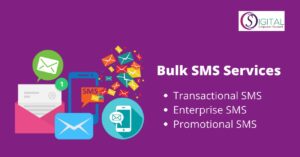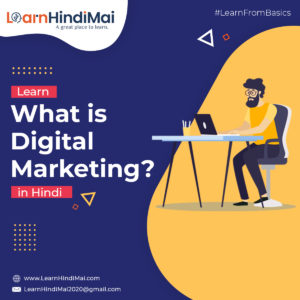Replacing paid ads with SEO (Search Engine Optimization) involves optimizing your website and content to rank higher in organic search results, thereby reducing your reliance on paid advertising. Here’s a step-by-step approach to help you transition from paid ads to a more SEO-focused strategy:
Keyword Research and Analysis: Identify relevant keywords and phrases that potential customers use to search for products or services similar to yours. Use tools like Google Keyword Planner, SEMrush, or Ahrefs to find high-volume, low-competition keywords.
Optimize On-Page SEO: Incorporate target keywords naturally into your website’s meta titles, meta descriptions, headers, and body content. Optimize URL structures to be user-friendly and include keywords. Create high-quality, informative, and engaging content that addresses user needs and questions related to your industry.
Improve Website Speed and User Experience: Ensure your website loads quickly on both desktop and mobile devices.Use responsive design to adapt to various screen sizes.
Make navigation intuitive and user-friendly.
Technical SEO: Ensure your website is mobile-friendly and has a responsive design. Implement proper schema markup to enhance how search engines understand your content. Create and submit an XML sitemap to Google Search Console.
Content Creation and Blogging: Regularly publish relevant and valuable content that addresses user queries and concerns. Use long-tail keywords to target specific niches within your industry. Share your expertise to establish yourself as an authority in your field.
Build High-Quality Backlinks: Earn backlinks from reputable and relevant websites. Guest posting, outreach, and content promotion can help attract quality links. Focus on natural link-building rather than manipulating search results.
Local SEO (if applicable): If you have a physical location, optimize for local searches by creating a Google My Business listing. Encourage customer reviews and respond to them.
Monitor and Analyze Performance: Use tools like Google Analytics and Google Search Console to track your website’s performance and search rankings. Adjust your strategy based on the data you gather.
Social Media and Content Promotion: Share your content on social media platforms to increase visibility and drive traffic. Engage with your audience and encourage sharing.
Patience and Consistency: SEO results take time to materialize. Be patient and consistent in your efforts. Regularly update and refresh your content to keep it relevant and up-to-date.
Conversion Optimization:Ensure your website is designed for conversions. Once you attract organic traffic, focus on converting those visitors into customers.
Remember that while transitioning from paid ads to SEO, it’s not necessarily about completely eliminating paid ads. A combination of both strategies can often yield the best results. SEO takes time to build momentum, and paid ads can provide immediate visibility while your SEO efforts gain traction.




